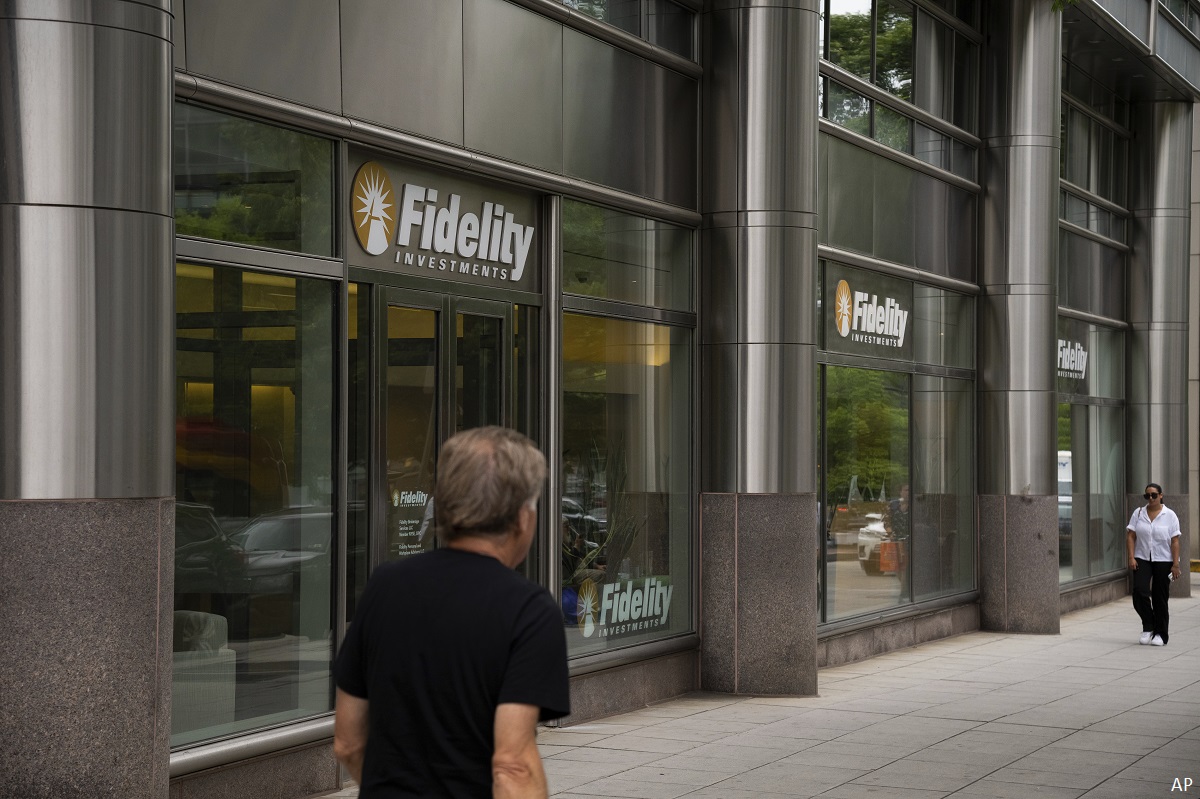
This fund is a part of the latest Morningstar Prospects. Read more about Morningstar Prospects here.
Five-star, gold-rated Fidelity Investment Grade Total Bond F is a fixed income fund that provides exposure to a broad U.S. opportunity set, with the flexibility to invest globally. According to Fidelity, the fund is a core holding designed for discretionary managed portfolios, that leverages Fidelity’s deep research resources, proprietary credit rating system and unique approach of collaborating across both fixed income and equity research teams. The fund fact sheet says it combines Fidelity’s top-down asset allocation and bottom-up security selection expertise with the aim of mitigating downside risk and identifying opportunities.
The fund came to Morningstar analysts Michael Dobson and Danielle LeClair’s attention because Fidelity’s Investment Grade bond team is top-notch. Morningstar analysts give a High People Pillar rating on funds domiciled outside of Canada. “Their strength shines through here, too. The fund achieved top-decile performance in the Global Fixed Income category over the last five years,” they say.
So far in 2023, the Fidelity Investment Grade Total Bond has lost 1.36%. It has underperformed its category, which has lost 1.01%. The fund has a management expense ratio of 0.80%.
Why is Fidelity Investment Grade Total Bond Fund Worth Considering?
The Fidelity Investment Grade Total Bond (Canada) fund strategy focuses on U.S. investment-grade bonds but can invest globally. Jeff Moore and Michael Plage have managed the fund since its 2018 inception.
“Fidelity has a wide range of resources including quantitative tools allowing managers to dissect and understand risk. A combination of top-down and proprietary bottom-up analysis is the foundation of the process. The fund sticks to sectors within the U.S. Bloomberg Aggregate Bond Index, but the team can invest up to 25% in non-investment-grade securities. A persistent BBB corporate credit overweighting invites volatility, but the team isn't tied to it; it decreased the allocation by half in the 12 months ended July 2023,” Dobson and LeClair say.








:quality(80)/cloudfront-us-east-1.images.arcpublishing.com/morningstar/VYKWT2BHIZFVLEWUKAUIBGNAH4.jpg)












